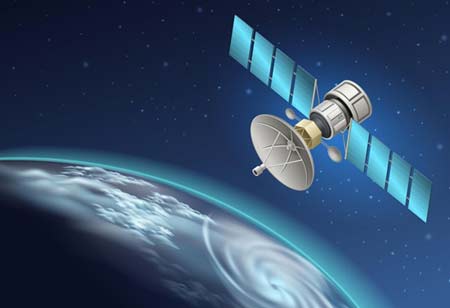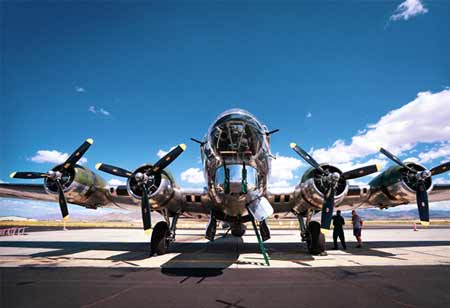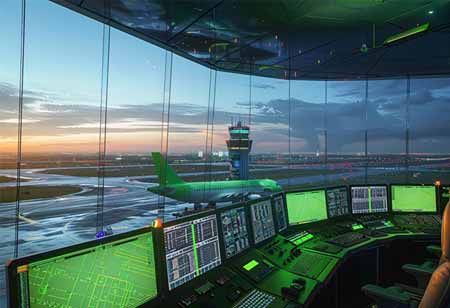Fremont, CA: Avionics systems are at the heart of modern aviation, governing everything from navigation and communication to flight control and aircraft monitoring. In Europe, where aviation safety standards are among the most rigorous in the world, the effectiveness of avionics systems plays a critical role in ensuring smooth operations across both commercial and military sectors. European aviation stakeholders are focusing on systems that are reliable and adaptable to changing airspace requirements, technology advancements, and cybersecurity threats.
Seamless Integration and Real-Time Performance
A primary feature that defines an effective avionics system is its ability to seamlessly integrate multiple subsystems, navigation, communication, surveillance, and flight control, into a cohesive and responsive platform. Effective avionics deliver accurate and real-time data processing, enhancing situational awareness for pilots and reducing human error. An effective system adheres to these mandates while remaining flexible enough to adopt future upgrades and functionalities.
The technologies enhance airspace efficiency, reduce delays, and optimise fuel consumption. The rise of fly-by-wire systems, in which flight controls are managed electronically rather than mechanically, has further enhanced aircraft manoeuvrability and reduced maintenance requirements. European aircraft manufacturers, such as Airbus, have led innovations in this area, making reliability and system health monitoring central to avionics design.
Regulatory Readiness and Digital Evolution
Europe’s aviation environment is heavily shaped by strict compliance with standards set by the European Union Aviation Safety Agency (EASA). Avionics systems must meet these criteria for safety, electromagnetic compatibility, and cybersecurity. Digital technologies, such as AI, ML, and cloud-based diagnostics, are increasingly powering modern avionics in Europe. The tools enable predictive maintenance, automate repetitive tasks, and facilitate improved decision-making.
With the ongoing shift toward sustainable aviation, avionics also play a role in managing fuel efficiency and supporting hybrid-electric propulsion systems. An effective avionics system incorporates secure data transmission protocols and threat detection capabilities to safeguard aircraft operations against digital threats, particularly as aircraft become increasingly connected. The effectiveness of an avionics system in Europe hinges on its technical integration, regulatory compliance, and digital agility. As the European aviation landscape becomes increasingly complex, avionics must evolve to ensure operational safety, efficiency, and readiness for innovation across all types of aircraft.









